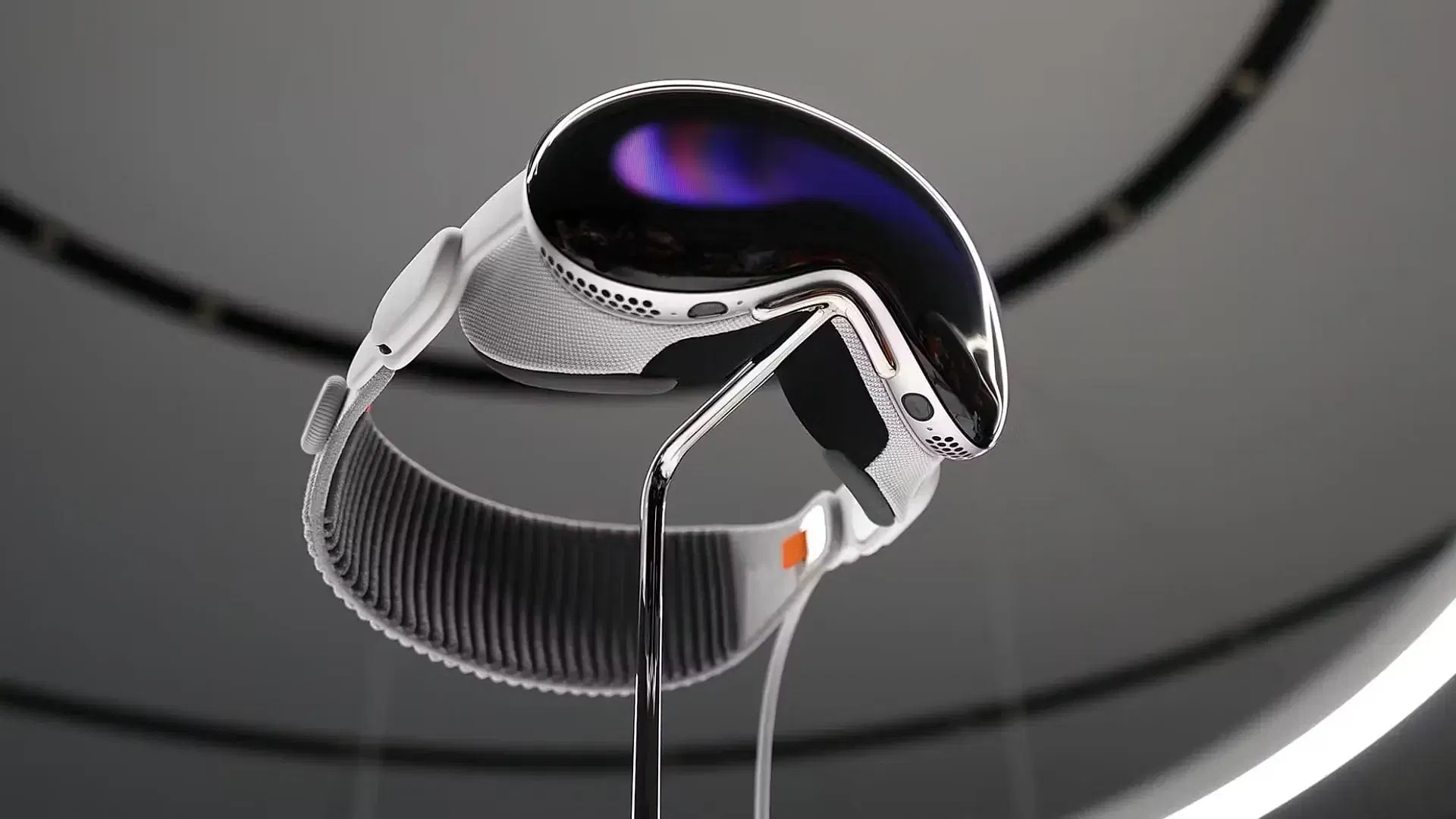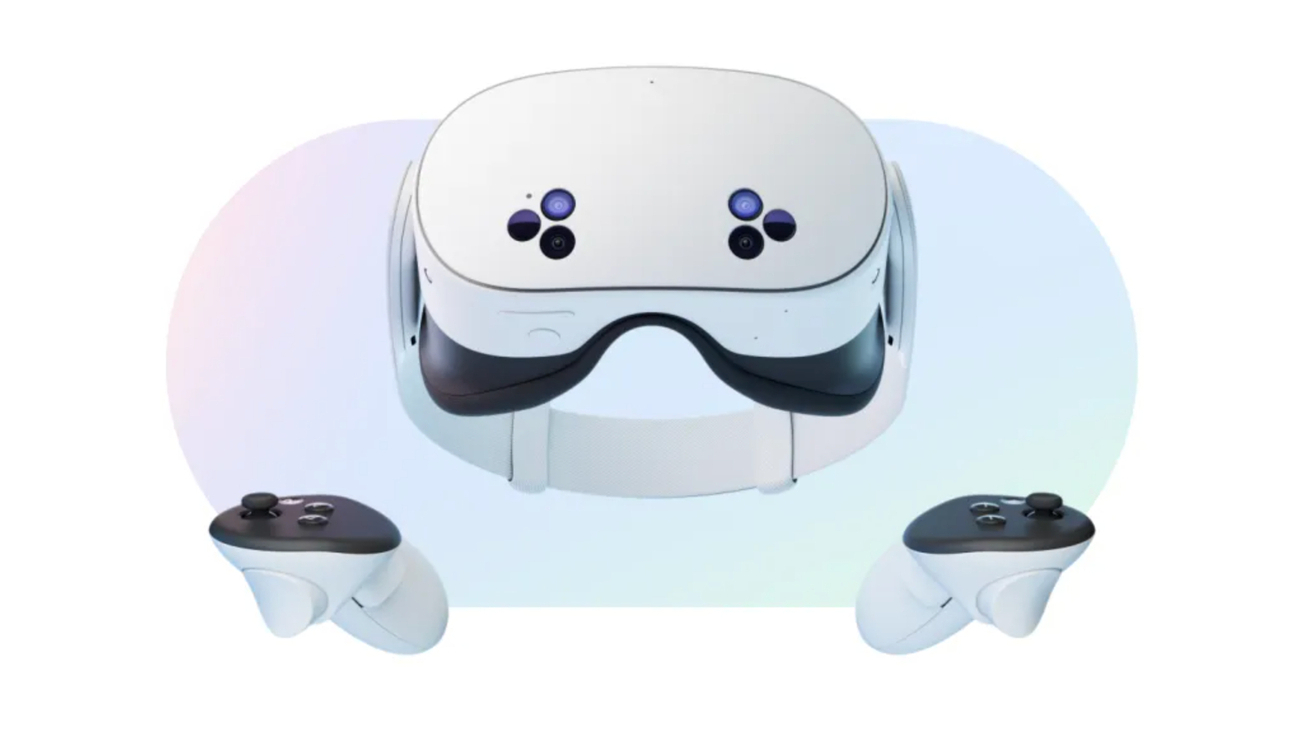Affordable Apple Vision Pro 'Delayed Until After 2027'
- The wait for a budget Vision Pro is now set to drag until at least 2027 or later.
- Apple’s ambitious Vision Pro faces new hurdles—with no cheaper option in sight.
- Industry whispers suggest the Vision Pro’s lower-cost sibling might be a pipe dream... for now.
- Buckle up: the next Vision Pro update will come, but it won’t be what you hoped for.
A more accessible version of Apple’s $3,500 Vision Pro mixed-reality headset might be further away than anticipated. Initial reports, including one from The Information in January, hinted at a potential 2025 release for a scaled-down, cheaper variant of Apple Vision Pro. However, recent insights from Ming-Chi Kuo, a reputable supply chain analyst, indicate a delay that stretches well beyond 2027.
As I understand it, production of the cheaper Vision Pro has been delayed beyond 2027 for a while now. This means Apple's only new head-mounted display device in 2025 will be the Vision Pro with an upgraded M5 processor.
— 郭明錤 (Ming-Chi Kuo) (@mingchikuo) November 3, 2024
I think what really drove Apple to delay the cheaper…
“Production of the cheaper Vision Pro has been delayed beyond 2027 for a while now,” Kuo noted in a post on X (formerly Twitter), directly challenging earlier reports. The Vision Pro's ambitious entry into the mixed-reality market initially promised innovation but has yet to capture a mainstream audience, in part due to a steep price and the absence of compelling use cases. Photo via Tech Edition // A shot of the Vision Pro at Apple’s launch event, showing off its futuristic design and display.
Photo via Tech Edition // A shot of the Vision Pro at Apple’s launch event, showing off its futuristic design and display.
Timeline of Expectations
Bloomberg's Mark Gurman supported early speculation that Apple intended to introduce a budget-friendly version of the Vision Pro — internally known as the N107 — by late 2025, with a price target between $1,500 and $2,000. This iteration was rumored to drop premium features such as the EyeSight display and might incorporate lower-resolution screens to cut costs.
Yet, if Kuo’s assertions hold true, this model won’t surface for years. Instead, Apple seems poised to refresh its existing Vision Pro line with new hardware powered by next-gen M5 silicon by 2025, marking a departure from the current M2 chip and R1 co-processor configuration. Photo via Apple // Gen-1 Apple Vision Pro has a M2 chip and an R1 co-processor.
Photo via Apple // Gen-1 Apple Vision Pro has a M2 chip and an R1 co-processor.
Industry Response and Challenges
“The decision to delay the cheaper Vision Pro seems tied to deeper strategic concerns,” Kuo shared in a follow-up on X. “Simply reducing the price wouldn’t help create successful use cases.” This strategic shift highlights Apple’s awareness of the current limited ecosystem for mixed-reality software.
Despite its pioneering status, the Vision Pro faces strong competition from more affordable VR and XR options. Meta’s Quest series remains dominant with devices like the Quest 3 priced at around $500 and the Quest Pro at $1,000. Meanwhile, other contenders such as Xreal and RayNeo have cultivated niche audiences focused on content consumption and gaming.
Mixed Reality Market Dynamics
Gaming continues to be the most lucrative driver for extended reality (XR) wearables. Devices like Meta’s Quest lineup provide budget-friendly entry points, frequently bundled with discounts that further entice consumers.
 Photo via Meta // Pictured: The Meta Quest 3S VR Headset, the latest affordable VR headset from Meta (Facebook).
Photo via Meta // Pictured: The Meta Quest 3S VR Headset, the latest affordable VR headset from Meta (Facebook).
Such strategies make Apple’s uphill battle more challenging as it works to justify its premium pricing amidst increasing competition. Apple’s longer-term XR ambitions are still unclear, especially regarding potential smart glasses development. While competitors like Samsung and Google, in partnership with Qualcomm, continue investing in next-gen smart wearables, Apple’s roadmap beyond the Vision Pro remains speculative.
Bloomberg’s Gurman recently suggested that Apple is experimenting with a hybrid device that could shift the processing burden to an iPhone, enhancing affordability and usability. “The Android ecosystem has similar products like Xreal, but user experience barriers have hindered widespread adoption,” he noted in his newsletter.
Final Thoughts
The Vision Pro's journey so far underscores a pivotal moment for Apple in the mixed-reality landscape. With a delayed, more budget-friendly version now off the table until after 2027, eyes are on the upcoming M5-powered Vision Pro refresh and any new connected experiences Apple may unveil.
Only time will tell if the tech giant's calculated patience will pave the way for success or cede ground to more agile competitors. Until then, Apple’s Vision line, with its premium price and complex ecosystem, remains a gamble.
Recommended by the editors:
Thank you for visiting Apple Scoop! As a dedicated independent news organization, we strive to deliver the latest updates and in-depth journalism on everything Apple. Have insights or thoughts to share? Drop a comment below—our team actively engages with and responds to our community. Return to the home page.Published to Apple Scoop on 3rd November, 2024.
No password required
A confirmation request will be delivered to the email address you provide. Once confirmed, your comment will be published. It's as simple as two clicks.
Your email address will not be published publicly. Additionally, we will not send you marketing emails unless you opt-in.